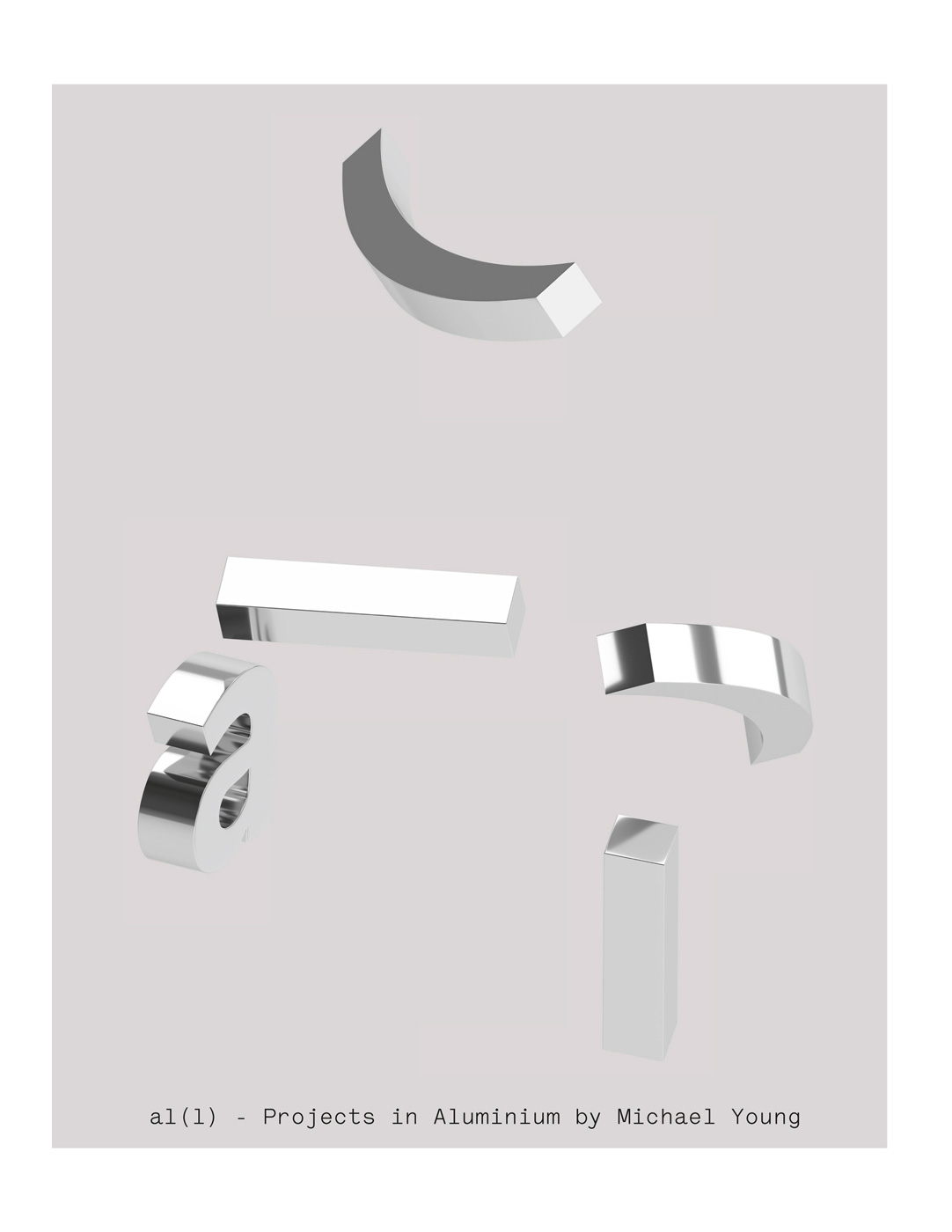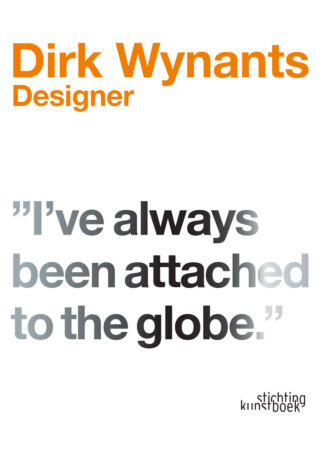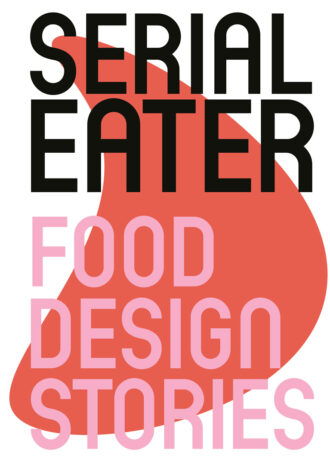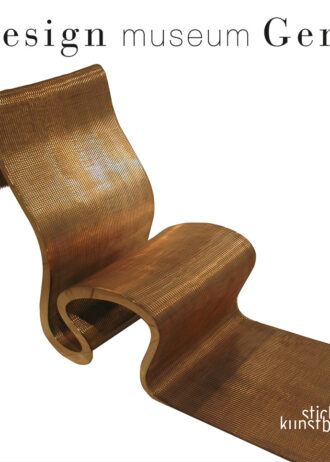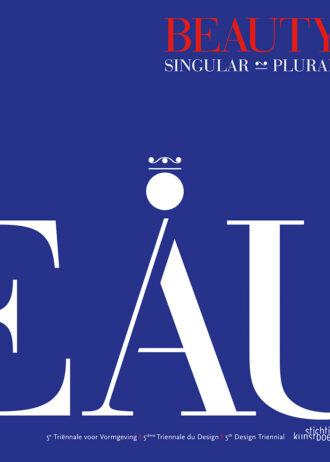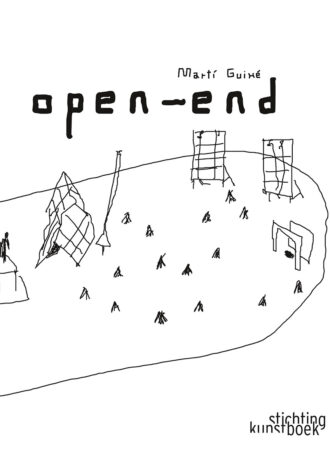€29.95
al(l) Projects in Aluminium by Michael Young
For Michael Young, experimentation and research into different materials and techniques is his greatest passion.
Born in Sunderland (UK), he works from his studios in Brussels and Hong Kong. His designs for furniture and utensils are technically sophisticated and advanced, but thanks to a touch of humour, never sterile. He has spent more than ten years in Asia testing the most sophisticated technological processes and exploring the possibilities of different types of materials. His aluminium projects in particular stand out for their uniqueness and daring approach. This first monograph offers a nice cross-section of Michael Young’s oeuvre and compiles not only his work in aluminium, but also his most iconic creations in other materials.
This book appears on the occasion of the exhibition al(l) in Grand-Hornu (31 January – 29 May 2016).

